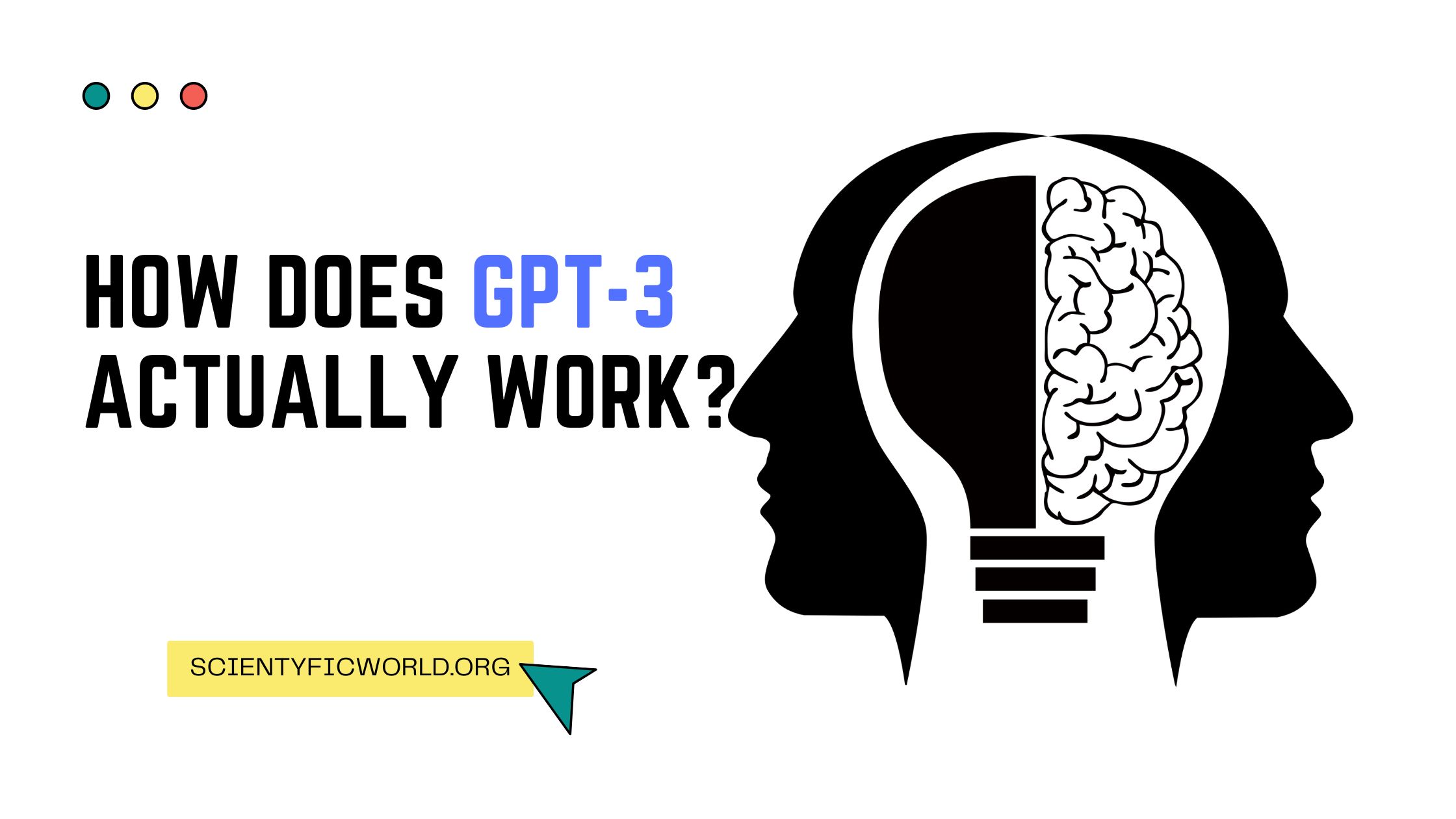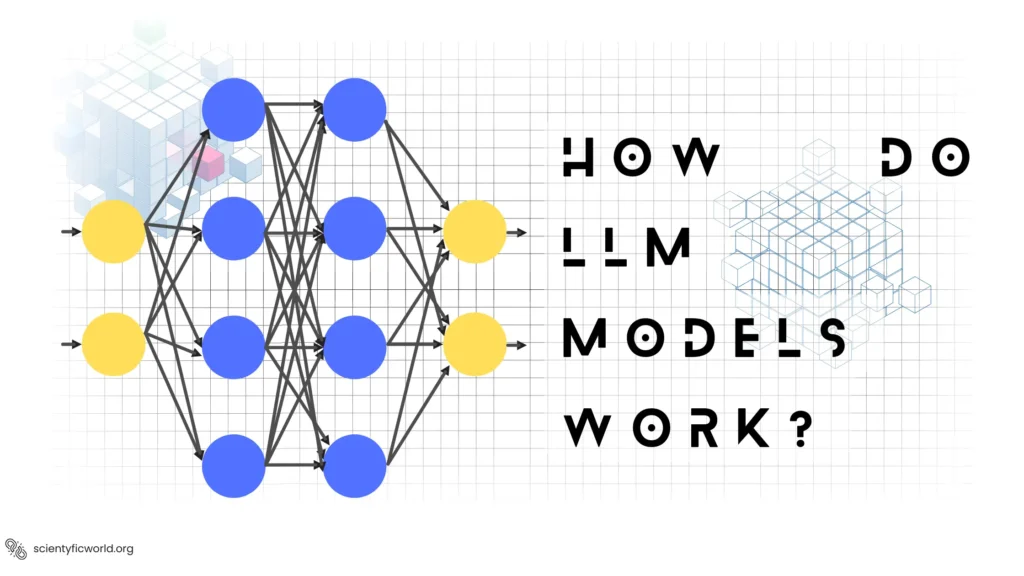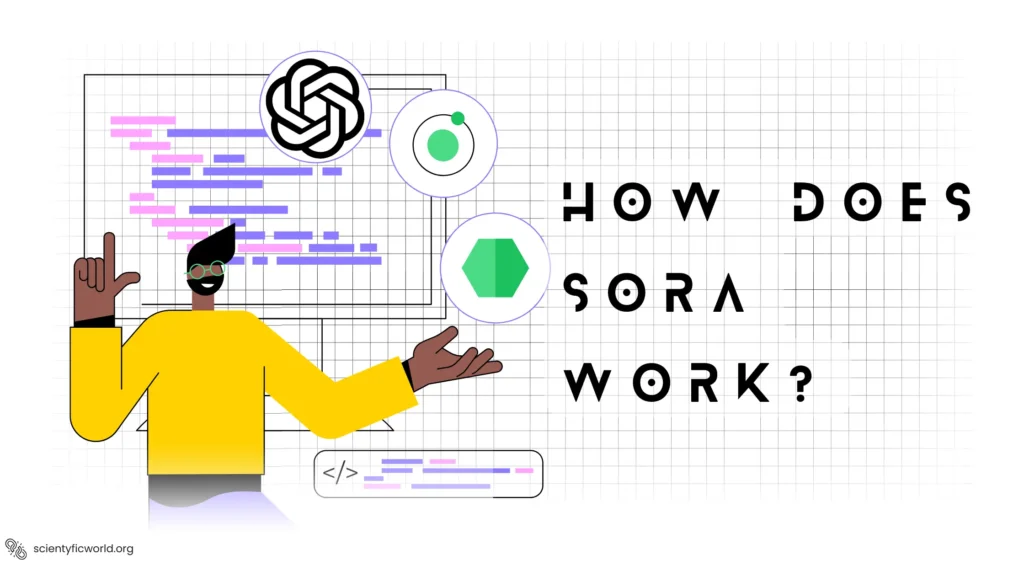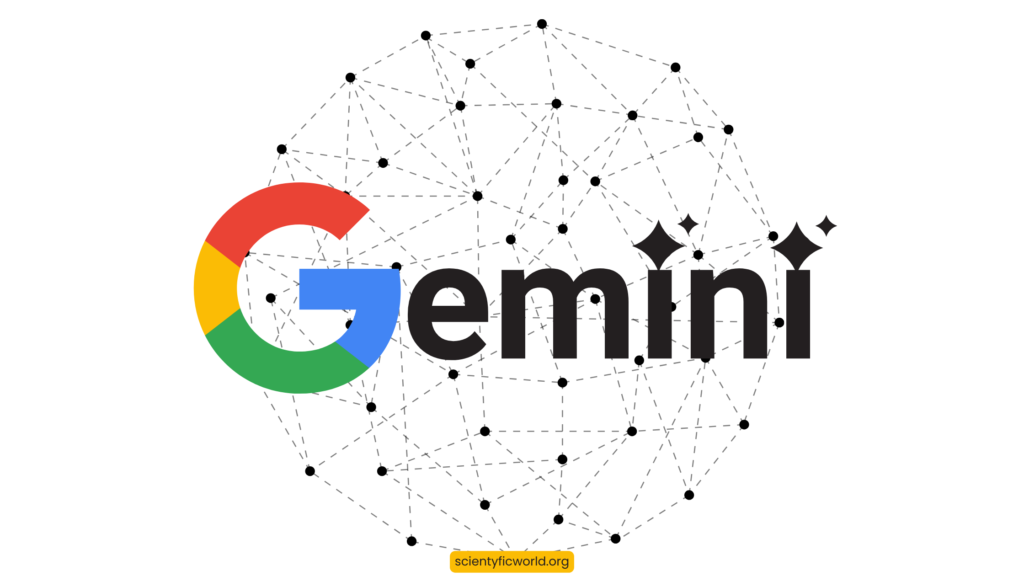Follow Us:
How do GPT 3 actually work? | FAQs

Generative Pre-trained Transformer 3 (GPT-3) is a transformer-based language model that was trained on a large amount of text data. The model can be used to generate text in a variety of languages.
GPT-3 is a powerful tool for natural language processing (NLP) tasks such as text generation, machine translation, and question answering. The model can be fine-tuned for specific tasks or domains.
GPT-3 has been found to be especially effective at generating long and coherent texts. The model can generate texts that are similar to those written by humans.
It is a potentially valuable tool for a variety of applications. The model could be used to generate summaries of long texts, generate descriptions of products, or generate responses to customer queries. It is a powerful tool that can be used to generate text in a variety of languages. The model can be fine-tuned for specific tasks or domains.
Applications of GPT 3
GPT 3 is a machine learning platform that enables developers to train and deploy AI models. It is also said to be scalable and efficient with the ability to handle large amounts of data. The platform is used by many companies such as Google, Facebook, and Microsoft.
Some of the applications of GPT 3 include:
- Sentiment analysis:
GPT 3 can be used for sentiment analysis, which is the process of extracting emotions from the text. This can be used to understand customer sentiment towards a product or service.
- Text classification:
GPT 3 can be used for text classification, which is the process of assigning labels to text. This can be used to automatically categorize text documents.
- Natural language processing:
GPT 3 can be used for natural language processing, which is the process of understanding and manipulating human language. This can be used to build chatbots or voice assistants.
- Machine translation:
GPT 3 can be used for machine translation, which is the process of translating text from one language to another. This can be used to build applications that can translate text in real time.
- Speech recognition:
GPT 3 can be used for speech recognition, which is the process of converting speech to text. This can be used to build applications that can transcribe speech in real-time.
How does GPT 3 work?

GPT-3 works by taking a set of training data and using it to learn a task. For example, if you want to train a model to generate English text, you would provide GPT-3 with a large corpus of English text. Once the model has been prepared, you can then use it to generate new text.
To generate new text, the model first selects a random seed sentence from the training data. It then uses its learned knowledge to generate a new sentence that is similar to the seed sentence. This process is repeated until the desired number of sentences has been generated.
The quality of the generated text will depend on the quality of the training data. If the training data is of poor quality, the generated text will also be of poor quality.
How to train GPT 3?
With the release of the GPT 3 model, many developers are wondering how to train this new model. Although it is a long process now we will go over the basics of training GPT 3 and provide some tips to get the idea about the training.
As this is a long process, I'll make another seperate blog on how to train the GPT-3. Cause it worth a separate article.
Basics
The GPT 3 model is a transformer-based model that was pre-trained on a large corpus of text. To fine-tune the model for your specific task, you will need to provide a training dataset. The training dataset should be large enough to allow the model to learn the task, but not so large that it takes a long time to train.
In addition to the training dataset, you will need to provide a validation dataset. The validation dataset is used to evaluate the model during training and tune the model’s hyperparameters. The validation dataset should be similar to the training dataset, but should not contain any labels.
Once you have prepared your training and validation datasets, you can begin training the model. To train the model, you will need to use a GPU. Training on a CPU is possible but will take much longer.
Training tips
There are a few things you can do to improve the performance of the GPT 3 model.
- First, you can increase the size of the training dataset. The larger the training dataset, the better the model will be at learning the task.
- Second, you can increase the number of training iterations. The more iterations the model trains for, the better it will be at learning the task.
- Third, you can use a larger batch size. The larger the batch size, the better the model will be at learning the task.
- Fourth, you can use a higher learning rate. The higher the learning rate, the better the model will be at learning the task.
- Finally, you can use a more powerful GPU. The more powerful the GPU, the better the model will be at learning the task.
How much does it cost to train GPT 3?

The cost of training a Generative Pre-trained Transformer 3 (GPT-3) can vary depending on the resources available. If you have access to a powerful GPU, the cost can be lower than if you only have a CPU. The cost also depends on the amount of data you have to train the model. A small dataset will cost less to train than a large dataset. Finally, the cost also varies depending on the hyperparameters you use to train the model. If you use a large learning rate, the cost will be higher than if you use a small learning rate.
Benefits of GPT 3:
- Increased accuracy:
GPT-3 is more accurate than previous language models, such as GPT-2. This is due to the increased size of the training dataset and the improved architecture of the model.
- Increased fluency:
It is also more fluent than previous models. This is because the model is able to better capture the nuances of human language.
- Increased flexibility:
It is more flexible than previous models. This means that the model can be used for a variety of tasks, such as machine translation, text generation, and chatbots.
- Increased transparency:
It is more transparent than previous models. This means that the model is easier to understand and interpret.
- Increased interpretability
It is more interpretable than previous models. This means that the model is easier to understand and explain.
GPT-3 is a powerful language model that has many potential applications. The model is more accurate, fluent, flexible, transparent, and interpretable than previous models.
Risks and Limitations of GPT 3:
GPT 3 has shown impressive results in many tasks, including machine translation, question answering, and text generation. Even though all these benefits, like all other technologies, there are some risks and limitations associated with using GPT 3.
One risk is that GPT 3 may not be able to generalize to new domains or tasks. For example, GPT 3 was trained on a large dataset of English text. If you try to use GPT 3 to generate text in a different language, it may not work well.
Another risk is that GPT 3 may be biased. For example, if the training data is biased, then GPT 3 will likely be biased as well. This could lead to problems if GPT 3 is used for decision-making tasks (such as machine translation or question answering).
Finally, GPT 3 is a black box model. This means that it is difficult to understand how it works. This could be a problem if there are errors in the output of GPT 3.
Despite these risks and limitations, GPT 3 is a powerful tool that can be used for many tasks.
FAQs:
-
Is GPT-3 self-aware?
Yes, Generative Pre-trained Transformer 3 is self-aware. It is constantly aware of itself and its surroundings and is constantly learning and improving itself. It is able to understand and respond to questions and queries posed to it and can generate new responses and ideas based on its understanding.
-
IS GPT 3 a generative adversarial network?
GPT 3 is not a generative adversarial network.
ADVERSARIAL NETWORK:
A generative adversarial network (GAN) is a type of artificial intelligence algorithm used in unsupervised machine learning, where two neural networks compete against each other in a zero-sum game framework. The generator network produces “fake” data samples, while the discriminator network attempts to distinguish between the fake samples and actual samples. The training process continues until the discriminator network is fooled about half the time, meaning the generator network has learned to generate plausible data samples.
-
Is GPT 3 actually sentient?
GPT 3 is an AI that has been designed to generate human-like text. Some people believe that this AI is actually sentient and that it is capable of forming its own thoughts and opinions. There is no clear evidence to support this claim, and GPT 3 has not demonstrated any clear signs of sentience. However, it is possible that GPT 3 is sentient, and that it is simply hiding its true nature from us.
-
How long does it take to train GPT-3?
The time it takes to train GPT-3 depends on the specific AI model that is being created. Some models may only take a few hours to train, while others may take days or weeks. The time it takes to train an AI model also depends on the amount of data that is available for training.
-
How many layers does GPT 3 have?
GPT 3 has 17 layers. The first 12 are transformer blocks, while the last 5 are feed-forward blocks. The transformer blocks are made up of self-attention and position-wise feed-forward layers. The self-attention layer allows the model to attend to different parts of the input simultaneously. The position-wise feed-forward layer applies a linear transformation to the input.
-
How many neurons are in GPT 3?
GPT 3 has approximately 10 million neurons.
(In case you don’t know what a neuron is then read this section below. Else you can skip this part.)
Neurons:
Neurons are the basic computational units of the brain. In artificial intelligence (AI), they are used to simulate the workings of the human brain. AI researchers use neural networks to build systems that can learn and make decisions on their own.
Neurons are interconnected cells that transmit information throughout the brain. They are the building blocks of the nervous system, which controls all of the body’s functions. In the brain, neurons process and store information. They also generate electrical and chemical signals that pass information to other cells.
The human brain has about 86 billion neurons. Each neuron is connected to thousands of other neurons. Together, they form a complex network that enables the brain to perform its many functions.
Neural networks are modelled after the brain’s network of neurons. They are composed of a large number of interconnected processing nodes, or artificial neurons. Neural networks recognize patterns, make decisions, and learn from experience.
Just as neurons in the brain are interconnected, so are the artificial neurons in a neural network. The nodes in a neural network are connected to each other in a similar way to the way neurons are connected in the brain.
The interconnected nodes in a neural network can simulate the workings of the human brain. They can learn from experience and make decisions on their own.
Conclusion:
GPT 3 is the first machine learning model to truly demonstrate the potential for end-to-end natural language understanding. In the past, NLP models have required a lot of hand-tuning and feature engineering to get good results. With GPT 3, we are finally seeing a model that can be trained on raw text and still achieve great results.
This is a huge breakthrough for the field of NLP and it opens up a lot of possibilities for the future. One of the most exciting things about GPT 3 is that it is only the beginning. We are still in the early days of machine learning and there is a lot of room for improvement. GPT 3 is just the beginning of what machine learning can do for the field of NLP. We are excited to see what the future holds for this exciting field.



